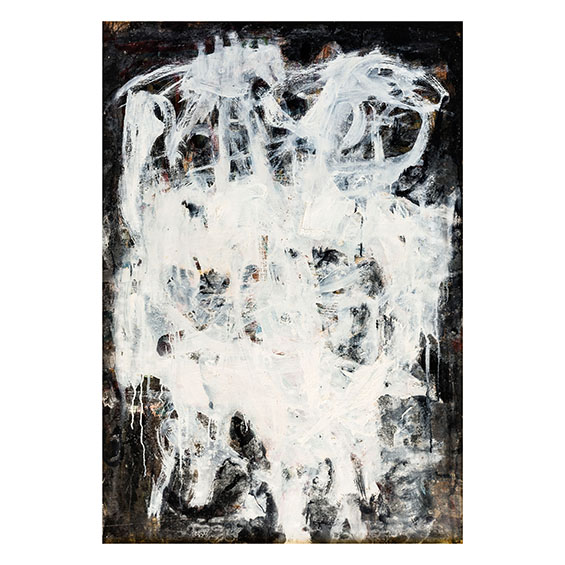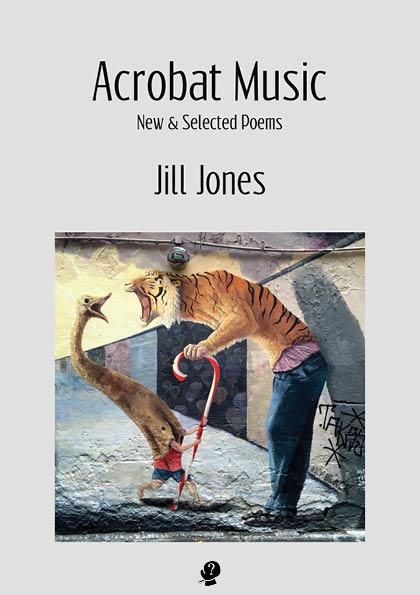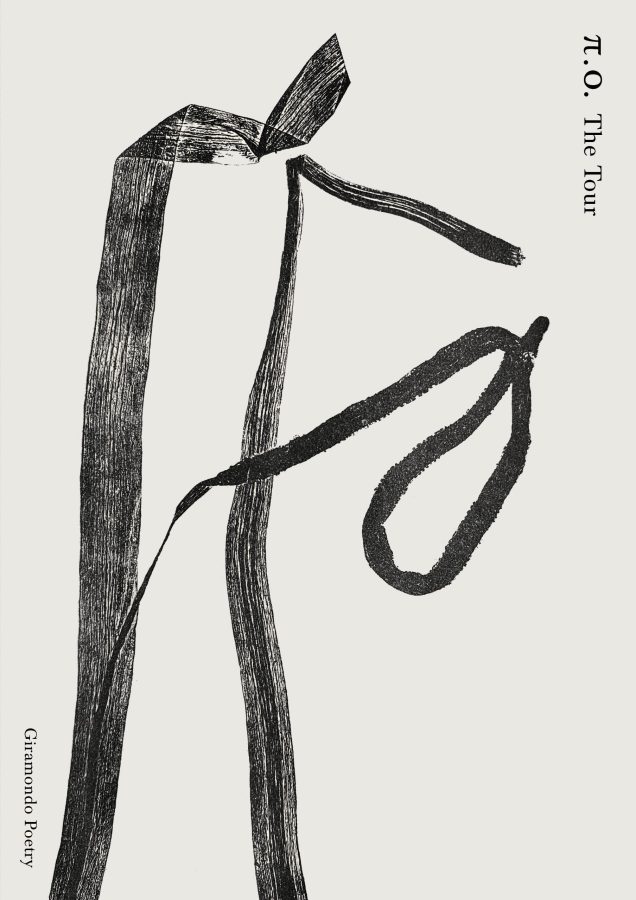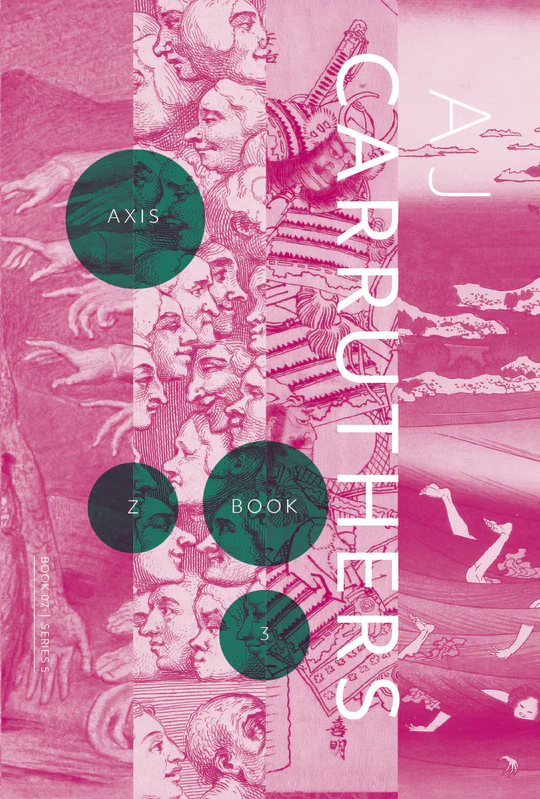
It must be disconcerting for those who find poetry difficult, to discover that the simplest poems are often the most enigmatic. This is because they depend largely on implication. What they don’t say is as important as what they do. If you’re not alert, nothing happens.
Here is a poem by Antigone Kefala, which was rejected by Southerly many years ago because the editor couldn’t see anything in it. The poem is called ‘Ceremony’:
She came up the stairs
in the thin white dress
with flowers in her hair,
unseeing
splashing through
the milky afternoon.
This exquisite fear
that advanced on all sides
a sea
to which she could not
give herself.
Speakers and writers of English who come to it as a second or third language (or fourth, in Kefala’s case, after Romanian, French and Greek), often have a sense of the concreteness and weight of its words, and the latencies of its syntax, which would have long been taken as natural by a native speaker. In her prose fable Alexia (1995), Kefala’s young refugee heroine struggles with ‘the New Language’ as if it were both an enemy and a friend. In such circumstances, language can take on an almost divine power.
Language, she felt, was more potent, inventive and durable than people imagined, and produced daily miracles that no one noticed any longer and everyone took for granted.
That is the spirit, I think, in which you are made to read the single word ‘unseeing’ in the fourth line of the poem – you have to linger over it, with an unusually emphatic stress on either the first syllable or the second, so that it isn’t so much a word as an action, a deliberate non-seeing, a seeing which is also a refusal of seeing, an act of will. The determination of the young woman, her absorption in the ceremony – is it her wedding? the thin white dress and the flowers in her hair would suggest so – is reinforced in the last lines of the poem, in her resistance to the medium through which she moves, and which she will not recognise, ‘a sea / to which she could not / give herself’, with its ironic play on ‘sea’ and ‘unseeing’, and its double stress on ‘could not’.
But what is it, this strange milky presence through which the young woman in the thin white dress is splashing as she mounts the stairs, which she cannot give herself to, and which can only be elaborated in terms of paradox – ‘this exquisite fear’? This synaesthetic effect, the turning of light into liquid, appears elsewhere in Kefala’s poetry, sometimes as a transformation of light into stone.
Silver blue honey
the sea
the man kept dipping his oars
in the silence.Past the old fort
the fishermen mending their nets
debris of cork on the stone.The sea, strolled with us
a friend at our elbow
in the evening that
was raining alabaster dust
on the waters.
Kenneth Slessor was also fond of such transformative effects – there are his memorable evocations of the ‘dogs that lick the sunlight up / Like paste of gold’ in ‘Country Towns’, and Captain Home’s dream of ‘Air soaked with blue, so thick it dripped like snow / On spice-tree boughs’ in ‘Five Visions of Captain Cook’. In both poets, the thickening of the light suggests a slowing or suspension of time, a moment of heightened apprehension or awareness. Slessor’s country town is afloat in history, in the perpetual present of a summer afternoon; his sea captain under the drug-like spell of memory. In Kefala’s poem, it is the momentousness of a ceremony that holds itself beyond time, even as it opens the way to a future which advances on all sides.
It is difficult to articulate, the area of implication towards which the simple poem gestures. ‘This exquisite fear’, what is it? You want to say ‘the experience of life in all its complexity’, but the banality of the explanation immediately imposes itself. I once offered a similar explanation to the last lines of Kefala’s poem ‘Coming Home’, in terms of ‘something fundamental in the human being which resists annihilation, and to which memory has an obligation’, and my friend, the critic and editor Carl Harrison-Ford, called it ‘dorky’.* It’s true, alas. You feel like the persistent but dimwitted observer in John Shaw Neilson’s ‘The Orange Tree’, who endlessly interrogates his young companion about the light ‘not of the sky’, which she says lives in the tree:
– Listen! the young girl said. For all
Your hapless talk you fail to see
There is a light, a step, a call
This evening on the Orange Tree.
It is interesting, how much Kefala shares with Neilson in their evocation of liminal effects, and the simplicity of their verse. His poem ‘You, and Yellow Air’ is similar in its apprehension of primitive energies to Kefala’s, though her focus is closer, and darker. His portrait of the ‘dance-girl with the heat-wave in her hair’ in ‘Stony Town’ bears comparison with the young woman in ‘Ceremony’. Both poets are fascinated with light. I always conflate Neilson’s ‘Magpie in the Moonlight’ – ‘Gold he has poured out and silver on this tent of mine: / He leaves in the last of the moonlight his song without wine’ – with the poem ‘The Winter Sundown’, possibly because of what they do with light and colour, and their mutual reference to wine:
They falter, they stay not
To your eyes and mine,
The boatmen in violet
On bays of wine.Calm without sorrow,
The peace without prayer:
All fear is folly in
That country out there.
The boatmen in violet ‘on bays of wine’ could be taken to refer to actual figures out at sea, but they are more powerfully seen as metaphorical appearances created from the clouds (‘they falter, they stay not’) by the violet hues of the sun as it sets in the west. The country ‘out there’ is therefore the country of death, but the imagery is exquisite, and the attitude similar to that portrayed in Kefala’s ‘Ceremony’ – ‘All fear is folly in / That county out there.’
___________
* ‘The Past in Present Writing’, Memory, special issue of Southerly, no 3, 1991 (Angus & Robertson, 1991), p.251; ‘Speech to launch Damaged Glamour’, Homage to John Forbes, ed. Ken Bolton (Brandl & Schlesinger, 2002), p.15.
This week, Sydney Review of Books examines one of this year’s most anticipated novels and looks back at the career of one the the twentieth century’s most notable literary intellectuals. In ‘Off with the pixies’, Susan Lever reviews The Buried Giant, the latest book by Kazuo Ishiguro. The Buried Giant is, perhaps surprisingly for longtime readers of Ishiguro’s fiction, a fantasy novel steeped in the ancient British legend of Sir Gawain, and populated with ogres and dragons. Yet as Lever observes, Ishiguro’s career has been characterised by his willingness to switch between genres from book to book. And while she finds that The Buried Giant leaves much to be desired as a generic fantasy novel, Lever argues that its underlying themes reveal its affinity with his diverse body of work:
That Ishiguro’s narrators are unreliable, and sometimes wilfully ignorant, hints at his real obsessions. His characters cannot imagine the ends of their stories, and most of the time their grip on the past is faulty. Like Ishiguro’s readers, they are constantly trying to fathom what is happening – and what has happened. Like the writer, they are looking for the shape of the story. … His characters often come to the wrong conclusions on the basis of stories they have wilfully preserved.
In our second essay, ‘Disciplined hope’, Richard King considers the legacy of Irving Howe, one of the leading figures among the influential group of mid-century writers and critics who came to be known as the ‘New York intellectuals’. Howe was an eminent example of what King calls ‘a vanishing breed, the political man of letters’:
The New York intellectuals did not regard literary or cultural criticism as incidental to their political interests. Rejecting the limited scope of the New Critics, they saw literary criticism as a form of lay philosophy, as a discipline through which it was possible to interrogate the relationship between the individual and society.
As one of the founders of the magazine Dissent, Howe sought to cultivate a political position that drew on the most valuable aspects of liberal and socialist thought, while avoiding what George Orwell called ‘smelly little orthodoxies’. As King argues, the political landscape of the time was very different to our own, but Howe’s example remains relevant and compelling.
From the Archives this week revisits Melinda Harvey’s comprehensive essay on the work of another independent-minded American writer, Renata Adler, whose collected non-fiction After the Tall Timber, was published earlier this year. In ‘Is this a novel?’, Harvey turns her attention to Adler’s two under-appreciated works of fiction, Speedboat (1976) and Pitch Dark (1983), both of which were long out of print before they were reissued as part of the New York Review of Books Classics series in 2013, and asks why such brilliant works should have languished in obscurity for so long.





